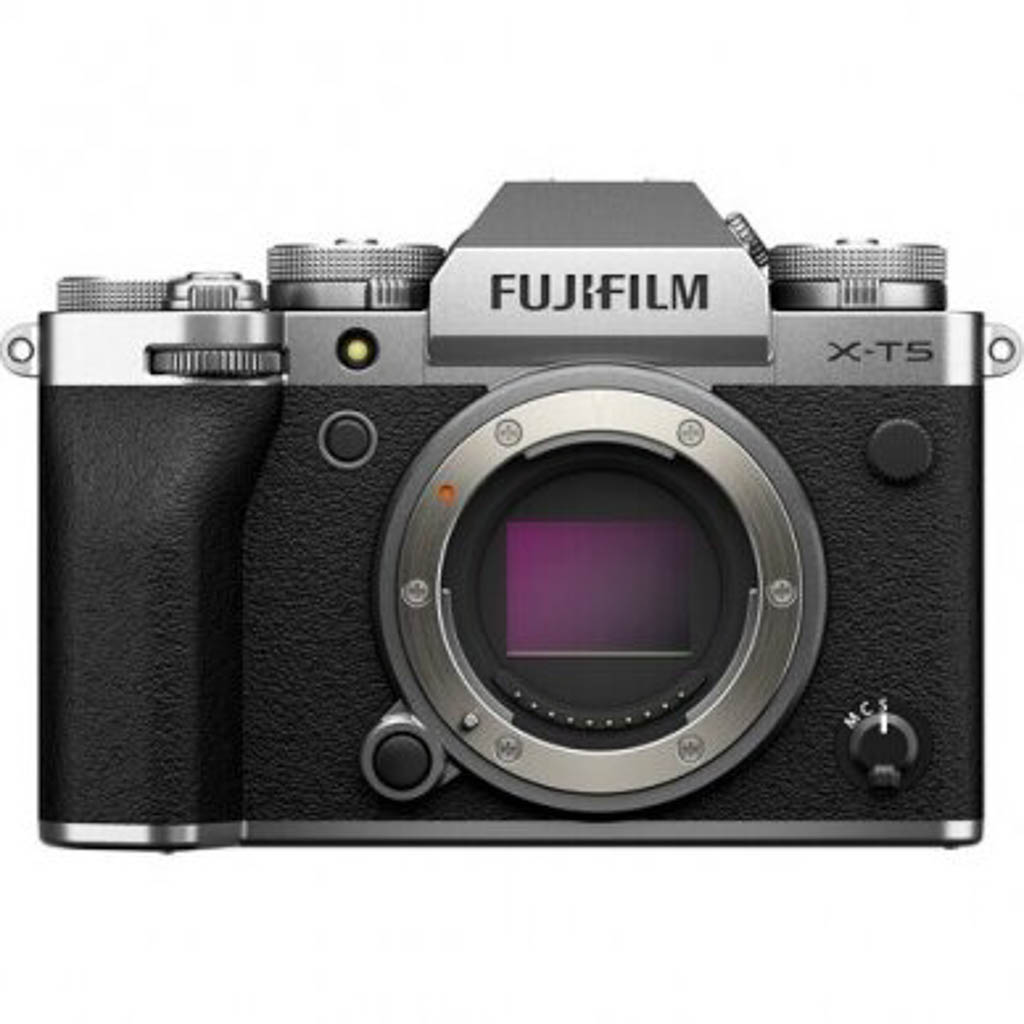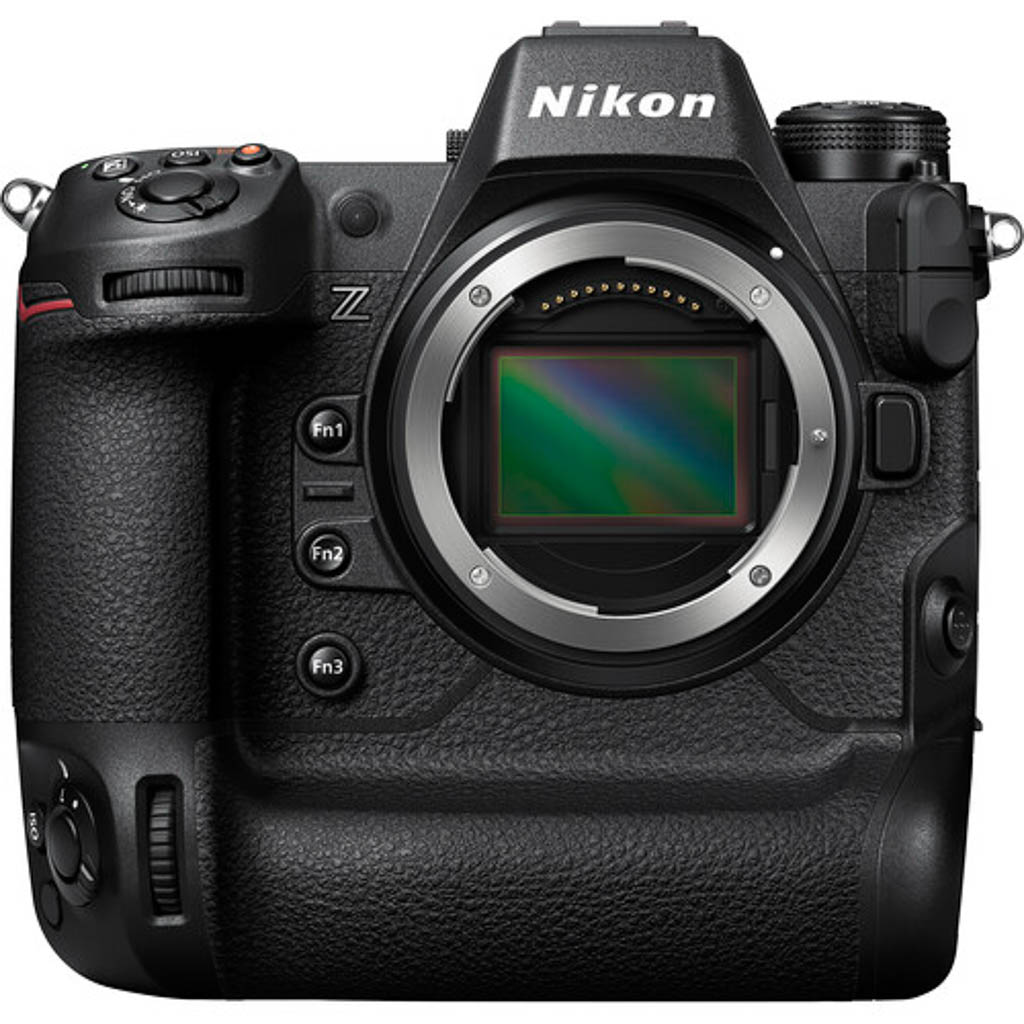As a professional photographer, capturing the beauty of the world requires more than just a standard camera—it demands precision, adaptability, and image quality that can only come from top-tier equipment. Whether you’re shooting awe-inspiring landscapes, candid street scenes, or vibrant wildlife, having the best travel camera can transform your photography from great to breathtaking.
This guide will help professional photographers find the perfect camera for travel, combining superior image quality, portability, and advanced features. We’ll explore the key elements of a high-end travel camera, recommend the best models for 2024, and provide tips on making the most of your equipment while on the go.
1. What Makes a Camera Perfect for Professional Travel Photography?
For professionals, choosing a travel camera is about more than just portability. You need a camera that delivers top-notch performance in diverse shooting environments, from rugged mountains to bustling cityscapes. Here are the key factors to consider:
a) Full-Frame or APS-C Sensor
When it comes to professional travel photography, sensor size matters. Full-frame sensors provide superior image quality, dynamic range, and low-light performance. They also allow for greater control over depth of field, making them ideal for portraiture, landscapes, and creative compositions.
However, APS-C sensors can be a more portable alternative, offering excellent quality while being lighter and more compact. Choosing between these sensor sizes depends on your specific travel needs—whether you prioritize ultimate image quality or prefer a more compact setup.
b) Interchangeable Lenses
For professionals, the ability to switch between different lenses is a must. Whether you’re capturing wide-angle landscapes, close-up wildlife shots, or stunning portraits, having a versatile lens kit allows you to adapt to various shooting situations. Look for cameras that support a broad range of high-quality lenses, from fast prime lenses to telephoto zooms.
c) Image Stabilization
Travel photography often involves shooting on the go, sometimes in challenging environments. Built-in image stabilization helps you achieve sharp, blur-free images even in low-light conditions or when shooting handheld. Professional cameras typically offer advanced in-body image stabilization (IBIS) for extra clarity in challenging conditions.
d) Weather-Sealing and Durability
Durability is critical for travel cameras, especially when venturing into unpredictable environments. Professional cameras with weather-sealing can withstand dust, moisture, and cold, ensuring that your gear remains reliable no matter where your travels take you.
e) High Resolution and Dynamic Range
For professionals aiming to capture every intricate detail, high-resolution cameras are ideal. A resolution of 24 megapixels and above ensures your images retain fine details, even when printed large or heavily cropped. Dynamic range also plays a key role, enabling you to capture the full spectrum of light in challenging scenes like sunrise or sunset shots.
f) 4K and 8K Video
As more photographers incorporate videography into their portfolio, the ability to shoot 4K or even 8K video is becoming essential. Professional travel cameras that deliver high-resolution video with excellent autofocus and image stabilization are perfect for creating cinematic travel films.
g) Battery Life
While professional cameras tend to have advanced features that consume more power, long battery life is critical for travel photography, especially when shooting in remote locations where recharging is difficult. DSLRs often outperform mirrorless cameras in terms of battery longevity, but there are mirrorless options that offer excellent battery efficiency.
2. Top 5 Professional Travel Cameras of 2024: Capture Perfection on the Go
Now that we know what to look for, let’s explore the best professional travel cameras available in 2024. These models offer industry-leading performance and versatility, making them ideal for serious photographers who demand the highest quality.
a) Best Overall Professional Travel Camera
Sony Alpha 7R V



The Sony Alpha 7R V is the perfect blend of resolution, speed, and portability, making it one of the best cameras for professional travel photography. With a massive 61-megapixel full-frame sensor, it delivers stunningly detailed images with incredible dynamic range. The camera’s advanced autofocus system and 8K video capabilities make it a favorite for both stills and video work. Plus, the lightweight mirrorless design makes it easy to carry on long trips.
- Pros: Extremely high resolution, excellent autofocus, 8K video
- Cons: Expensive, requires large file storage
b) Best DSLR for Professional Travel Photography
Canon EOS 5D Mark IV



The Canon EOS 5D Mark IV is a trusted workhorse for professional photographers worldwide. Its 30.4-megapixel full-frame sensor delivers excellent image quality with vibrant colors and impressive dynamic range. With 4K video recording, dual-pixel autofocus, and a durable weather-sealed body, this DSLR is ideal for professionals who prioritize reliability and top-notch performance in any environment.
- Pros: Outstanding image quality, robust build, long battery life
- Cons: Heavier than mirrorless alternatives, no built-in image stabilization
c) Best Lightweight Professional Mirrorless Camera
Fujifilm X-T5



For photographers who value portability without sacrificing quality, the Fujifilm X-T5 is an exceptional choice. This APS-C mirrorless camera features a 40MP sensor, advanced autofocus, and beautiful color reproduction, all in a compact body. The camera’s retro design and tactile controls make it a joy to use, while the smaller sensor and lighter weight make it ideal for travel.
- Pros: Compact and lightweight, great image quality, stylish design
- Cons: Smaller sensor compared to full-frame options
d) Best Professional Travel Camera for Videography
Panasonic Lumix GH6



If you prioritize video as much as still photography, the Panasonic Lumix GH6 is the ultimate tool for professional videographers on the go. It offers 4K and 6K video recording, advanced stabilization, and robust video-centric features like anamorphic support and high frame rates. While it uses a Micro Four Thirds sensor, the Lumix GH6 is optimized for video, making it a top choice for travel filmmakers.
- Pros: Excellent video capabilities, lightweight, versatile video features
- Cons: Smaller sensor not ideal for low-light photography
e) Best All-Weather Travel Camera for Professionals
Nikon Z9



For professionals who often shoot in extreme conditions, the Nikon Z9 is built to withstand the harshest environments. With its robust, weather-sealed design, this mirrorless camera is perfect for outdoor photographers. It boasts a 45.7MP full-frame sensor, 8K video recording, and an advanced autofocus system that handles fast-moving subjects with ease. This camera is particularly favored by wildlife photographers and those who need durability alongside top-notch image quality.
- Pros: Rugged, weatherproof design, outstanding autofocus and image quality
- Cons: Heavier and more expensive than other options
3. Essential Lenses for Professional Travel Photography
A professional travel camera is only as good as the lenses that accompany it. Here are some of the best lenses to pair with your camera for exceptional travel photography:
a) Wide-Angle Lenses
Perfect for capturing expansive landscapes, cityscapes, and architectural shots, a wide-angle lens like the Sony 16-35mm f/2.8 is essential for travel. It lets you fit more into the frame without distortion, making your photos feel grand and immersive.
b) Zoom Lenses
For versatility, a zoom lens such as the Canon EF 24-70mm f/2.8L II provides flexibility in framing your shots. It’s perfect for capturing distant landmarks or compressing perspective in scenic shots. A longer telephoto zoom like the Nikon 70-200mm f/2.8 is ideal for wildlife or action photography.
c) Prime Lenses
Prime lenses, such as the Fujifilm 35mm f/1.4, offer exceptional sharpness and low-light performance. They are perfect for portraits, street photography, and situations where you want a shallow depth of field to isolate your subject.
4. Tips for Maximizing Your Professional Travel Camera
As a professional, you likely know the technical ins and outs of your camera, but there are specific techniques to maximize your travel photography experience:
a) Shoot in RAW
Always shoot in RAW format. The uncompressed file retains the most detail and allows for greater flexibility in post-production, ensuring you can recover shadows, highlights, and colors in challenging lighting conditions.
b) Use a Polarizing Filter
A polarizing filter can help reduce reflections on water or glass and make skies appear more saturated. This is especially useful for landscape photography in bright outdoor settings.
c) Master Manual Mode
While modern cameras have excellent automatic modes, manual settings allow you to fully control exposure, focus, and depth of field, essential for capturing professional-level images. Practice adjusting ISO, aperture, and shutter speed to get the perfect shot.
d) Pack a Lightweight Tripod
A lightweight travel tripod, such as the Manfrotto BeFree, is invaluable for long-exposure shots, low-light settings, or capturing time-lapse videos. It helps ensure your images are sharp, even in less-than-ideal conditions.
e) Keep Your Gear Safe
Professional cameras and lenses are a significant investment, so protecting them during travel is crucial. A durable, weather-resistant camera bag with padded compartments, such as the Lowepro ProTactic BP 450 AW II, will keep your equipment safe from bumps, moisture, and dust. Additionally, consider using lens caps and camera covers to prevent scratches and damage.
f) Regular Maintenance and Cleaning
Keeping your camera in top condition is essential for consistent performance. Regularly clean your lenses with a soft brush and lens cloth to remove dust and fingerprints. Use a blower to clear dust from the camera sensor and check your gear for any signs of wear and tear, especially after trips to dusty or humid environments.
g) Plan Your Shots
Before heading out on a shoot, plan your compositions and angles. Research the locations you’ll visit and scout out potential shooting spots. This preparation can help you make the most of the lighting conditions and capture unique perspectives.
5. Conclusion: Elevate Your Travel Photography with the Best Professional Camera
For professional photographers, the right camera is more than just a tool—it’s an extension of your creative vision and technical expertise. Investing in a high-end travel camera can significantly enhance your ability to capture stunning, high-quality images and videos, no matter where your travels take you.
In 2024, the market offers a range of top-tier cameras designed to meet the demanding needs of professional photographers. From the Sony Alpha 7R V with its exceptional resolution to the rugged Nikon Z9, these cameras provide the features, performance, and reliability needed to excel in various shooting conditions.
By selecting a camera that aligns with your specific needs and preferences, you can ensure that every shot you take contributes to a remarkable portfolio of travel images. Remember, the best camera is the one that empowers you to capture your vision and share it with the world.
With the right equipment and these expert tips, you’ll be well-equipped to take your travel photography to new heights and create images that truly reflect the beauty and essence of your adventures.


